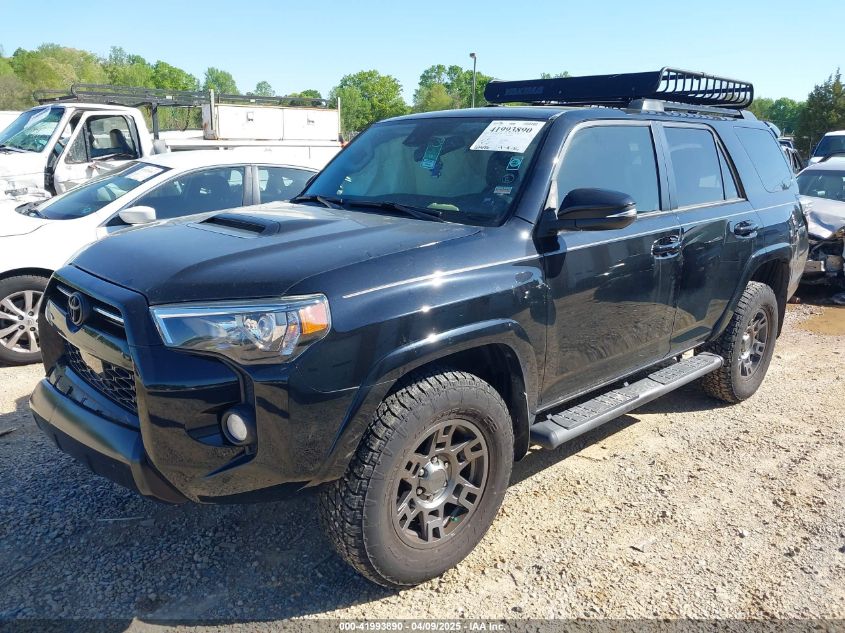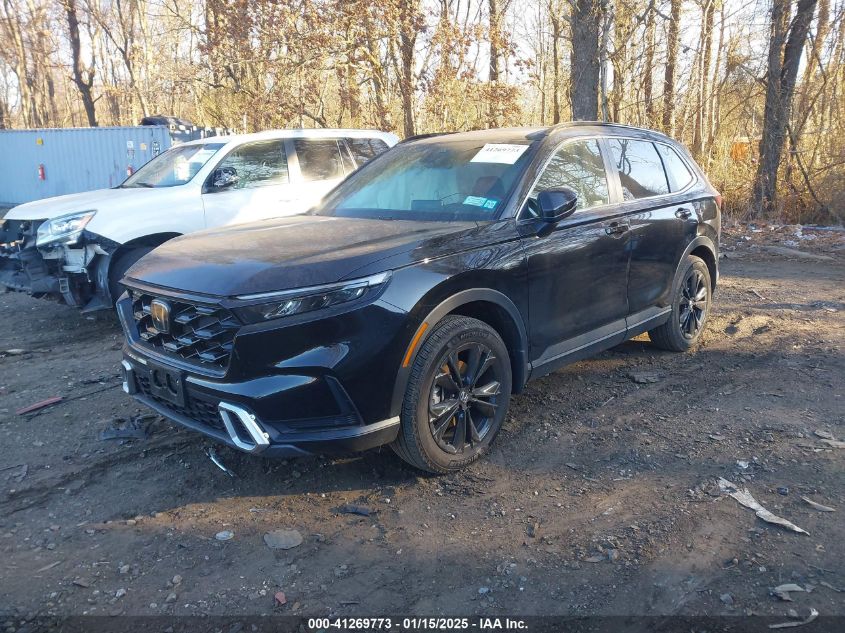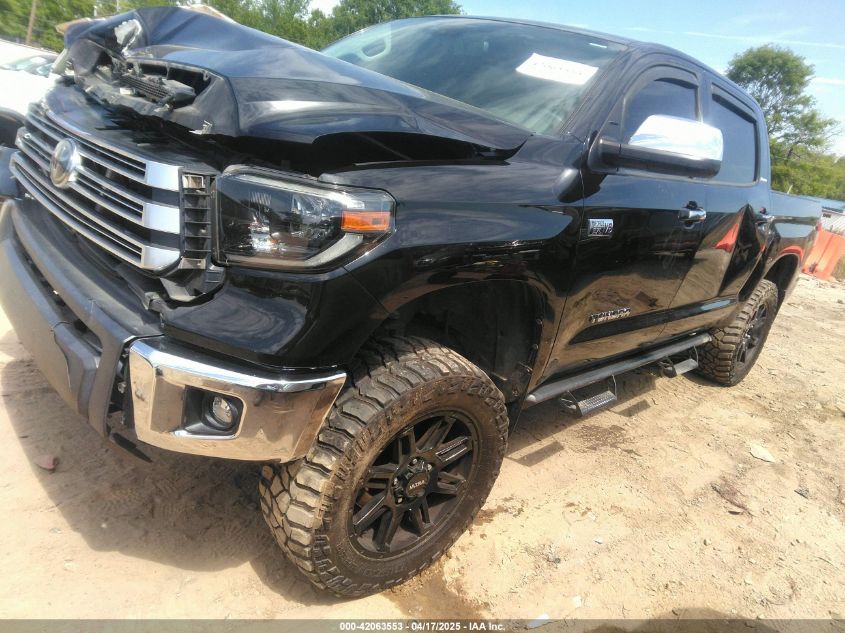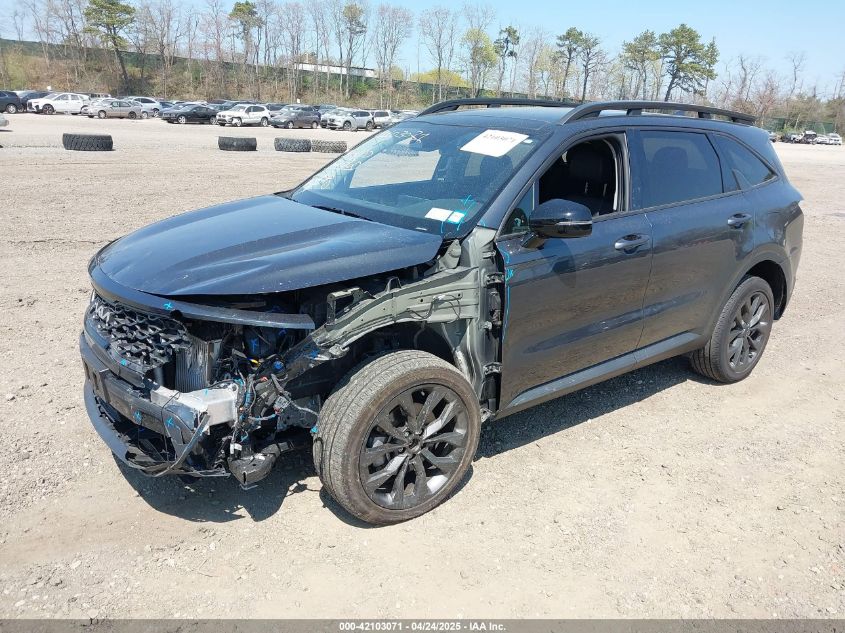2015 BMW X5 | 5UXKR0C59F0K69675
Specifications
6
~$80,000
Engine: 4.4L twin-turbocharged V8
Torque: 650 Nm
0–100 km/h: ~4.9 s
The BMW X5 xDrive50i offered performance that pushed the limits of what a luxury SUV could do in its class. With a 4.4-liter twin-turbo V8 delivering 450 horsepower and 650 Nm of torque, it surged from 0 to 100 km/h in under 5 seconds—figures that rivaled sports sedans of the same era. Despite its size and weight, the throttle response was immediate, and the 8-speed ZF automatic gearbox shifted with precision and urgency. The V8's wide torque band made overtaking effortless, while launch control and sport calibrations gave it surprising track-day readiness.
BMW’s xDrive all-wheel-drive system gave the X5 confidence in all conditions, and in the 50i, it was tuned for rear bias under throttle. Adaptive M suspension was available, along with Dynamic Performance Control and roll stabilization, allowing this large SUV to corner flatly and predictably. Steering feel remained natural and tight for the class, and thanks to the double-wishbone front and multilink rear setup, the X5 balanced compliance with handling in a way few SUVs could match in the mid-2010s.
More than just a powerful utility vehicle, the X5 50i was a high-speed long-distance machine with a commanding view of the road and the manners of a luxury sedan. Its existence validated BMW's ethos that no matter the segment, driving dynamics should be preserved—even when wrapped in two tons of luxury and leather.
Body Styles
The F15 X5 was exclusively a five-door SUV, with a monolithic, upright stance, but subtly softened by aerodynamic surfacing. Compared to its E70 predecessor, it featured a slightly longer wheelbase, wider track, and tauter body lines. The kidney grilles were now larger and connected visually to the headlights, which housed LED technology and optional adaptive systems. A strong character line ran through the door handles into the taillights, while the rear was squat and horizontal, emphasizing width and stability. Though a third row was optionally available, the profile maintained a balanced, athletic proportion—never bloated, always muscular, with an unmistakable BMW silhouette.
Model Name Meaning (Manufacturer)
“X5” represents the third generation of BMW’s original Sports Activity Vehicle. The “X” signifies all-wheel-drive capability and SUV form factor, while “5” positions it alongside the 5 Series in terms of luxury, size, and performance. The F15 marked a shift toward efficiency and technology while staying true to the X5's pioneering blend of performance and utility since 1999.
Body & Interior Colors and Rims
The F15 X5 offered a wide palette of exterior paints, ranging from classics like Alpine White and Jet Black to premium metallics such as Space Grey, Glacier Silver, Imperial Blue, and Sparkling Brown. Special finishes included Mineral White, Carbon Black (exclusive to M Sport models), and the striking Melbourne Red. Shadowline exterior trim enhanced the M Sport appearance with blacked-out details, while satin aluminum trims were available on xLine variants. LED fog lamps, chrome accents, and roof rails contributed to the high-end SUV aesthetic.
Inside, the X5 was upholstered in Dakota or optional Nappa leather in a range of colors including Black, Ivory White, Mocha, Canberra Beige, and Cognac. Interior trims included Fineline Oak, Poplar Wood, Brushed Aluminum, and high-gloss black, depending on configuration. The cockpit was symmetrical and slightly driver-angled, with soft ambient lighting integrated throughout. Luxury Line packages added extended leather surfaces, while the M Sport trim brought an M steering wheel, anthracite headliner, and sport seats with pronounced bolstering. Fit and finish matched the best in class, with sound insulation and material tactility above the segment norm.
Wheels spanned from 18 to 21 inches. Base models rode on 18" star-spoke alloys, while upper trims and M Sport packages added 19" or 20" V-spoke and double-spoke styles in Ferric Grey or polished bicolor. High-performance summer tires were optional on the 50i. The 21" M Performance wheels, available as a dealer upgrade, featured staggered setups and dramatically filled the arches, visually lowering the vehicle and hinting at its dynamic prowess.
Top Expensive Options
- Adaptive M Suspension with Dynamic Handling Package: $4,500
- Bang & Olufsen 16-Speaker Surround System: $3,700
- 21" M Double-Spoke Alloy Wheels: $2,900
- Full Merino Leather Interior with Extended Surfaces: $3,500
- Night Vision with Pedestrian Detection: $2,300
- Third-Row Seating with Air Conditioning: $1,700
- Adaptive LED Headlights with High-Beam Assistant: $1,900
- Integral Active Steering (Rear-Wheel Steering): $1,600
- Soft-Close Automatic Doors: $600
- Active Driving Assistant Plus with ACC & Lane Assist: $1,500
vs Competitors
The F15 X5 outclassed rivals like the Mercedes-Benz GLE (then ML-Class) and Audi Q7 in terms of driving engagement. Where the Q7 focused on space and the GLE on comfort, the X5 blended agility with refinement, giving it a unique edge. Compared to the Porsche Cayenne, the BMW wasn’t quite as surgically precise but offered better infotainment, comfort, and value in non-M variants. Its diesel options undercut rivals on fuel economy without sacrificing torque, and the xDrive50i offered V8 performance that undercut the price of the Cayenne S and Range Rover Sport. Even five years after launch, the F15 remained a benchmark for balancing performance, luxury, and practicality.
Fun Fact
The F15 X5 was the first BMW SUV assembled in multiple global locations, including Spartanburg (USA), Kaliningrad (Russia), and Shenyang (China), reflecting its strategic importance in global markets. It was also one of the first BMWs to offer remote control via smartphone for ventilation and locking—pioneering the brand’s early ConnectedDrive ecosystem.
Lot Details
-
Sale Date18/Jun/2025
-
Lot Number42430212
-
Sale document
-
Location
-
Odometer77,177 miles (124,204 km)
-
Primary Damage:REAR
-
Seller
-
Fuel
-
Engine Type3.0L I-6 DI, DOHC, VVT, turbo, 300HP
-
Transmission
-
Drive Type
-
Color
Final Bid BMW X5 (2015)
$10,000
$10,975
$13,050
Specifications
6
~$80,000
Torque:
0–100 km/h:
The BMW X5 xDrive50i offered performance that pushed the limits of what a luxury SUV could do in its class. With a 4.4-liter twin-turbo V8 delivering 450 horsepower and 650 Nm of torque, it surged from 0 to 100 km/h in under 5 seconds—figures that rivaled sports sedans of the same era. Despite its size and weight, the throttle response was immediate, and the 8-speed ZF automatic gearbox shifted with precision and urgency. The V8's wide torque band made overtaking effortless, while launch control and sport calibrations gave it surprising track-day readiness.
BMW’s xDrive all-wheel-drive system gave the X5 confidence in all conditions, and in the 50i, it was tuned for rear bias under throttle. Adaptive M suspension was available, along with Dynamic Performance Control and roll stabilization, allowing this large SUV to corner flatly and predictably. Steering feel remained natural and tight for the class, and thanks to the double-wishbone front and multilink rear setup, the X5 balanced compliance with handling in a way few SUVs could match in the mid-2010s.
More than just a powerful utility vehicle, the X5 50i was a high-speed long-distance machine with a commanding view of the road and the manners of a luxury sedan. Its existence validated BMW's ethos that no matter the segment, driving dynamics should be preserved—even when wrapped in two tons of luxury and leather.
Body Styles
The F15 X5 was exclusively a five-door SUV, with a monolithic, upright stance, but subtly softened by aerodynamic surfacing. Compared to its E70 predecessor, it featured a slightly longer wheelbase, wider track, and tauter body lines. The kidney grilles were now larger and connected visually to the headlights, which housed LED technology and optional adaptive systems. A strong character line ran through the door handles into the taillights, while the rear was squat and horizontal, emphasizing width and stability. Though a third row was optionally available, the profile maintained a balanced, athletic proportion—never bloated, always muscular, with an unmistakable BMW silhouette.
Model Name Meaning (Manufacturer)
“X5” represents the third generation of BMW’s original Sports Activity Vehicle. The “X” signifies all-wheel-drive capability and SUV form factor, while “5” positions it alongside the 5 Series in terms of luxury, size, and performance. The F15 marked a shift toward efficiency and technology while staying true to the X5's pioneering blend of performance and utility since 1999.
Body & Interior Colors and Rims
The F15 X5 offered a wide palette of exterior paints, ranging from classics like Alpine White and Jet Black to premium metallics such as Space Grey, Glacier Silver, Imperial Blue, and Sparkling Brown. Special finishes included Mineral White, Carbon Black (exclusive to M Sport models), and the striking Melbourne Red. Shadowline exterior trim enhanced the M Sport appearance with blacked-out details, while satin aluminum trims were available on xLine variants. LED fog lamps, chrome accents, and roof rails contributed to the high-end SUV aesthetic.
Inside, the X5 was upholstered in Dakota or optional Nappa leather in a range of colors including Black, Ivory White, Mocha, Canberra Beige, and Cognac. Interior trims included Fineline Oak, Poplar Wood, Brushed Aluminum, and high-gloss black, depending on configuration. The cockpit was symmetrical and slightly driver-angled, with soft ambient lighting integrated throughout. Luxury Line packages added extended leather surfaces, while the M Sport trim brought an M steering wheel, anthracite headliner, and sport seats with pronounced bolstering. Fit and finish matched the best in class, with sound insulation and material tactility above the segment norm.
Wheels spanned from 18 to 21 inches. Base models rode on 18" star-spoke alloys, while upper trims and M Sport packages added 19" or 20" V-spoke and double-spoke styles in Ferric Grey or polished bicolor. High-performance summer tires were optional on the 50i. The 21" M Performance wheels, available as a dealer upgrade, featured staggered setups and dramatically filled the arches, visually lowering the vehicle and hinting at its dynamic prowess.
Top Expensive Options
- Adaptive M Suspension with Dynamic Handling Package: $4,500
- Bang & Olufsen 16-Speaker Surround System: $3,700
- 21" M Double-Spoke Alloy Wheels: $2,900
- Full Merino Leather Interior with Extended Surfaces: $3,500
- Night Vision with Pedestrian Detection: $2,300
- Third-Row Seating with Air Conditioning: $1,700
- Adaptive LED Headlights with High-Beam Assistant: $1,900
- Integral Active Steering (Rear-Wheel Steering): $1,600
- Soft-Close Automatic Doors: $600
- Active Driving Assistant Plus with ACC & Lane Assist: $1,500
vs Competitors
The F15 X5 outclassed rivals like the Mercedes-Benz GLE (then ML-Class) and Audi Q7 in terms of driving engagement. Where the Q7 focused on space and the GLE on comfort, the X5 blended agility with refinement, giving it a unique edge. Compared to the Porsche Cayenne, the BMW wasn’t quite as surgically precise but offered better infotainment, comfort, and value in non-M variants. Its diesel options undercut rivals on fuel economy without sacrificing torque, and the xDrive50i offered V8 performance that undercut the price of the Cayenne S and Range Rover Sport. Even five years after launch, the F15 remained a benchmark for balancing performance, luxury, and practicality.
Fun Fact
The F15 X5 was the first BMW SUV assembled in multiple global locations, including Spartanburg (USA), Kaliningrad (Russia), and Shenyang (China), reflecting its strategic importance in global markets. It was also one of the first BMWs to offer remote control via smartphone for ventilation and locking—pioneering the brand’s early ConnectedDrive ecosystem.








